Denim Water Savings Calculator
How much water are you saving?
Ireland uses 7,000 liters of water to make one pair of new jeans. By choosing vintage denim, you reduce your environmental footprint.
Liters of water saved
Equivalent to 0 bathtubs (each holding 150L)
Enough water to supply 0 people for one day (40L/person)
In Ireland’s ever‑changing weather, many locals swear by old jeans for everyday wear. From the damp streets of Dublin to the breezy cliffs of County Kerry, a pair that’s been through a few seasons often feels like a trusted companion.
What Makes a Pair of Jeans “Old”?
First, let’s define the term. Denim a sturdy cotton twill fabric traditionally used for jeans is woven in a 3:1 diagonal pattern, giving it strength and a distinctive blue hue. When we talk about raw denim denim that has never been pre‑washed or treated, we’re describing the starting point of many “old jeans.” Over time, a wash, repeated wear, and the natural abrasion of daily life turn raw denim into a soft, faded garment with a unique patina.
Durability Tested by the Irish Climate
The Irish climate-rainy, windy, and occasionally icy-acts like a natural durability test. Cotton fibers in denim shrink and tighten with each wash, but the repeated exposure to moisture and temperature swings actually helps the fabric settle into a comfortable, long‑lasting shape. A well‑broken‑in pair of old jeans can survive years of Dublin’s September rains without losing structural integrity, whereas a brand‑new pair may feel stiff and be prone to tearing after just a few washes.
Comfort & Fit: How Age Improves the Bite
New denim is often described as “hard” because the fibers are tightly packed. As you wear old jeans, the cotton relaxes around your hips, thighs, and calves, creating a custom fit that mirrors Irish body shapes-whether you’re a Dublin student strolling Grafton Street or a farmer in County Mayo working the fields. The fabric also becomes more breathable, a benefit when temperatures swing from a chilly morning in Galway to a sunny afternoon in Cork.
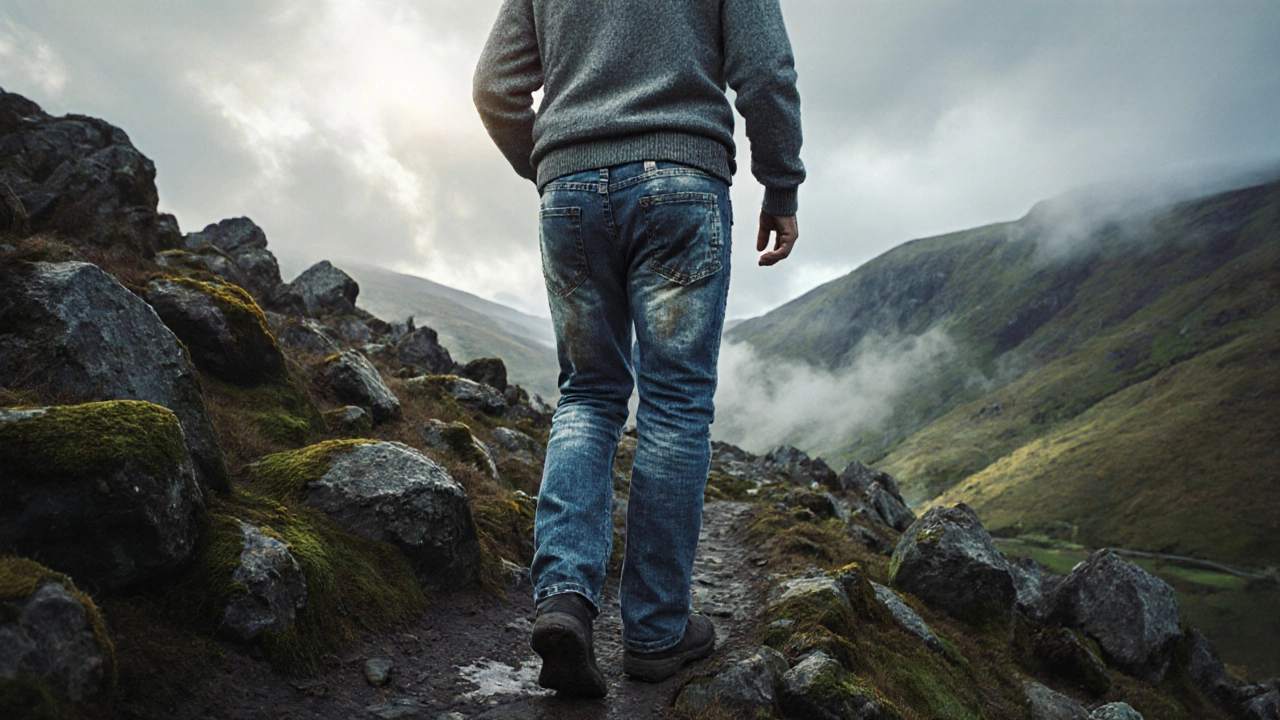
Environmental Benefits: A Greener Choice for Irish Wardrobes
Every new pair of jeans requires roughly 7,000 liters of water to produce-a staggering amount for an island nation that values its waterways. By keeping and reviving old jeans, you cut down on water consumption, reduce textile waste, and support a circular economy. Local initiatives, such as the Dublin‑based Crockford’s Vintage a shop that refurbishes and resells pre‑owned denim, showcase how Irish entrepreneurs are turning old denim into sustainable fashion statements.
Style & Cultural Appeal: From Temple Bar to the Belfast Mural Scene
Vintage denim has become a cornerstone of Irish street style. In Temple Bar, you’ll see musicians and artists pairing distressed jeans with locally‑made wool sweaters. In Belfast’s Cathedral Quarter, murals often feature models sporting faded denim, emphasizing authenticity over flashy trends. Brands like Levi’s an iconic American denim label with a strong presence in Irish retail have embraced the “old‑jeans‑are‑better” narrative by releasing limited‑edition, pre‑worn collections that resonate with Irish consumers seeking heritage and durability.
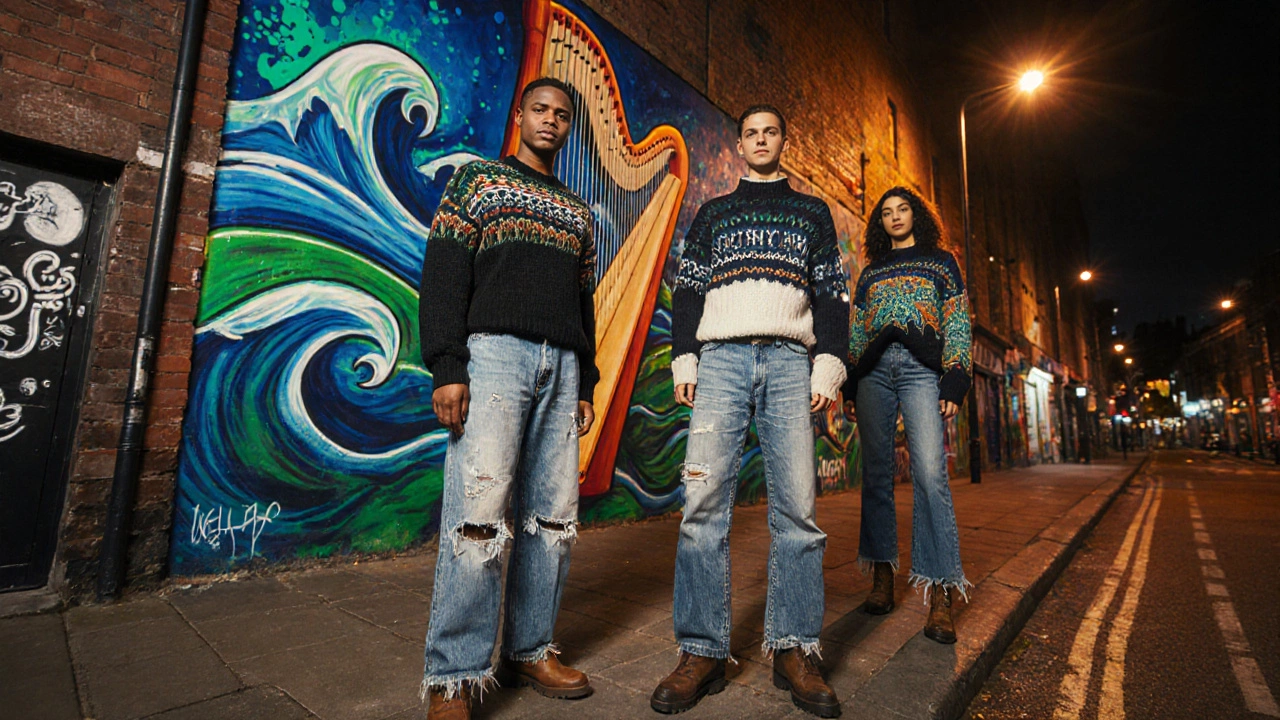
Care Tips for Old Jeans in Ireland
- Wash sparingly-once every 4‑6 weeks-to preserve the fade and prevent excess shrinkage.
- When laundering, turn the jeans inside out and use cold water; many Irish laundrettes offer eco‑friendly cycles that reduce energy use.
- Air‑dry on a clothesline whenever possible; the fresh Irish air helps maintain shape and reduces the need for a dryer.
- For stubborn stains, spot‑clean with a gentle detergent and a soft brush rather than a full wash.
- Store flat or on a hanger to avoid creasing, especially if you live in a damp area where mildew could develop.
Old Jeans vs. New Jeans: A Quick Comparison
| Aspect | Old Jeans | New Jeans |
|---|---|---|
| Durability | High - fibers softened, less prone to tearing after break‑in | Medium - stiffness can cause early wear |
| Comfort | Custom fit, breathable, molds to body | Rigid, may require weeks to soften |
| Environmental Impact | Low - reuses existing fabric, saves water | High - manufacturing consumes water, chemicals |
| Style | Authentic, unique fading patterns | Uniform, trend‑driven |
| Cost Over Time | Economical - one pair lasts years | Higher - frequent replacement needed |
Frequently Asked Questions
How long can I expect old jeans to last in the Irish climate?
With proper care-minimal washing, air‑drying, and storage-you can easily get 5‑7 years of wear out of a well‑broken‑in pair, even with frequent rain in Dublin.
Can I restore a faded pair to look newer?
If you prefer a less‑distressed look, a gentle wash with a denim‑specific detergent can even out the color, but many Irish denim lovers embrace the natural fade as part of the garment’s story.
Are there Irish brands that make raw denim?
Yes-companies like Mighty Oak Denim an Irish label producing locally‑sourced raw denim craft jeans that start out stiff and develop character after being lived in.
What’s the best way to wash old jeans in a shared laundry?
Turn them inside out, select a cold‑water eco‑cycle, and avoid the dryer. If possible, ask the laundrette to use a line‑dry rack to keep the fabric flat.
Do old jeans hold up better for outdoor activities like hiking the Wicklow Way?
Absolutely. The softened denim moves with you, resists tearing on rough terrain, and breathes well during brisk climbs, making it a reliable companion for Irish trail‑walkers.
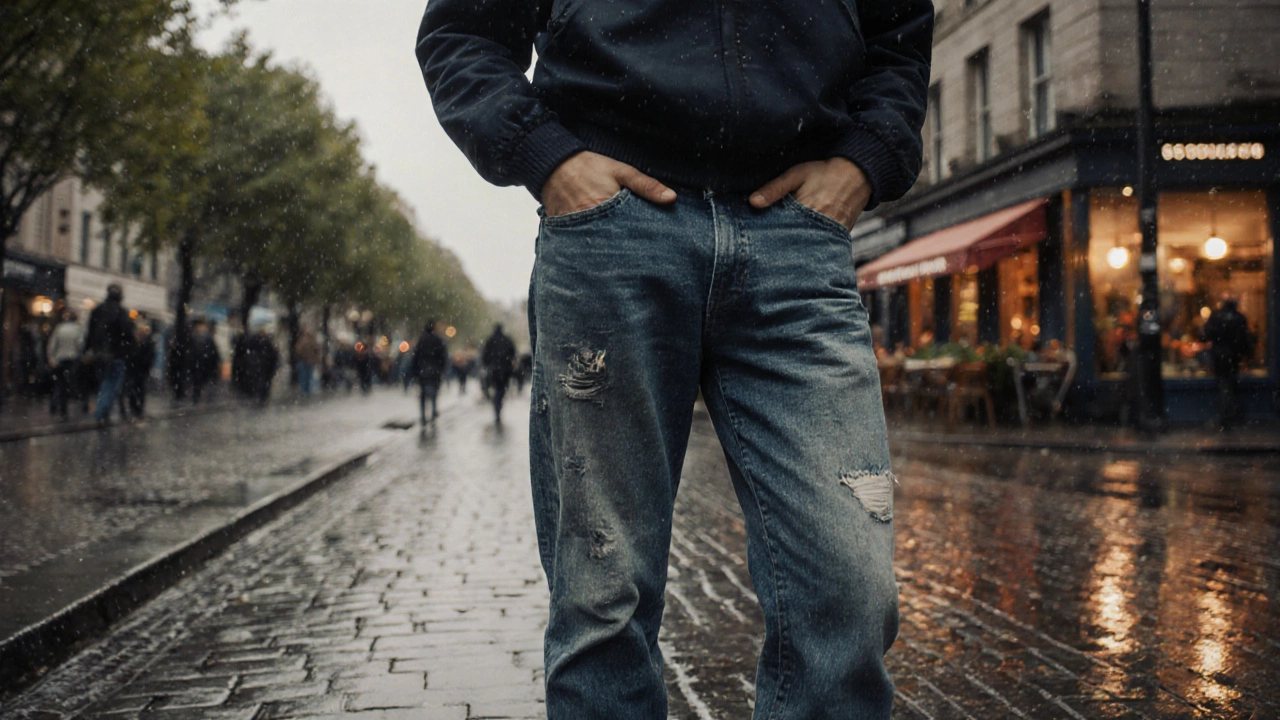
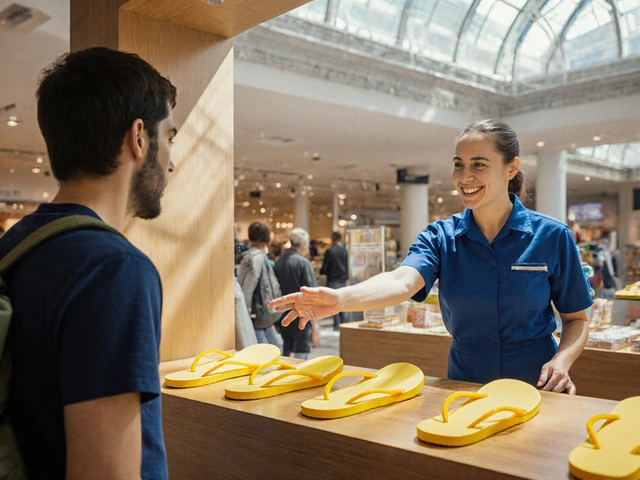
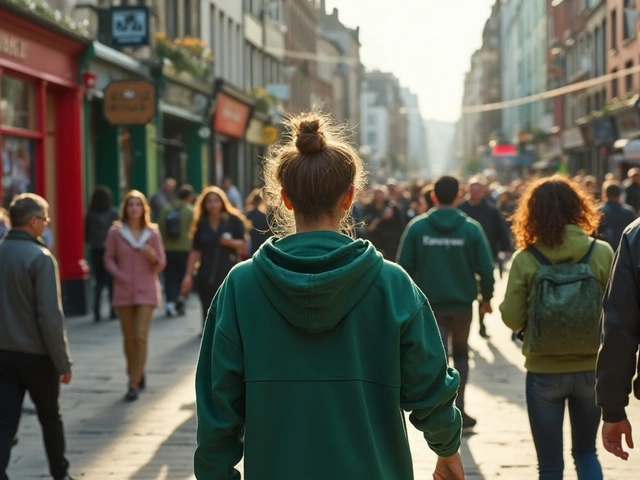
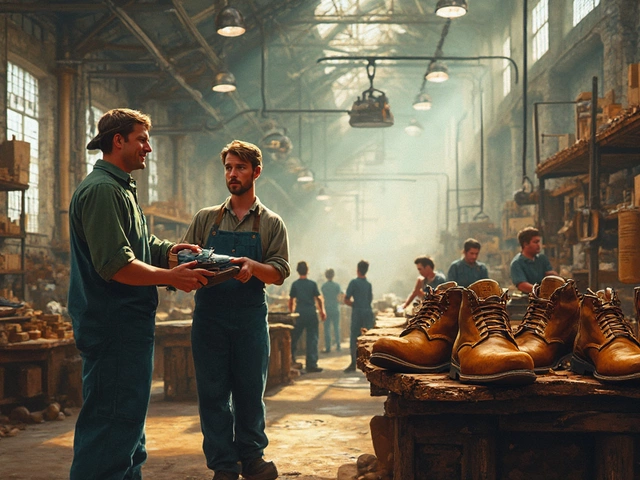


Write a comment